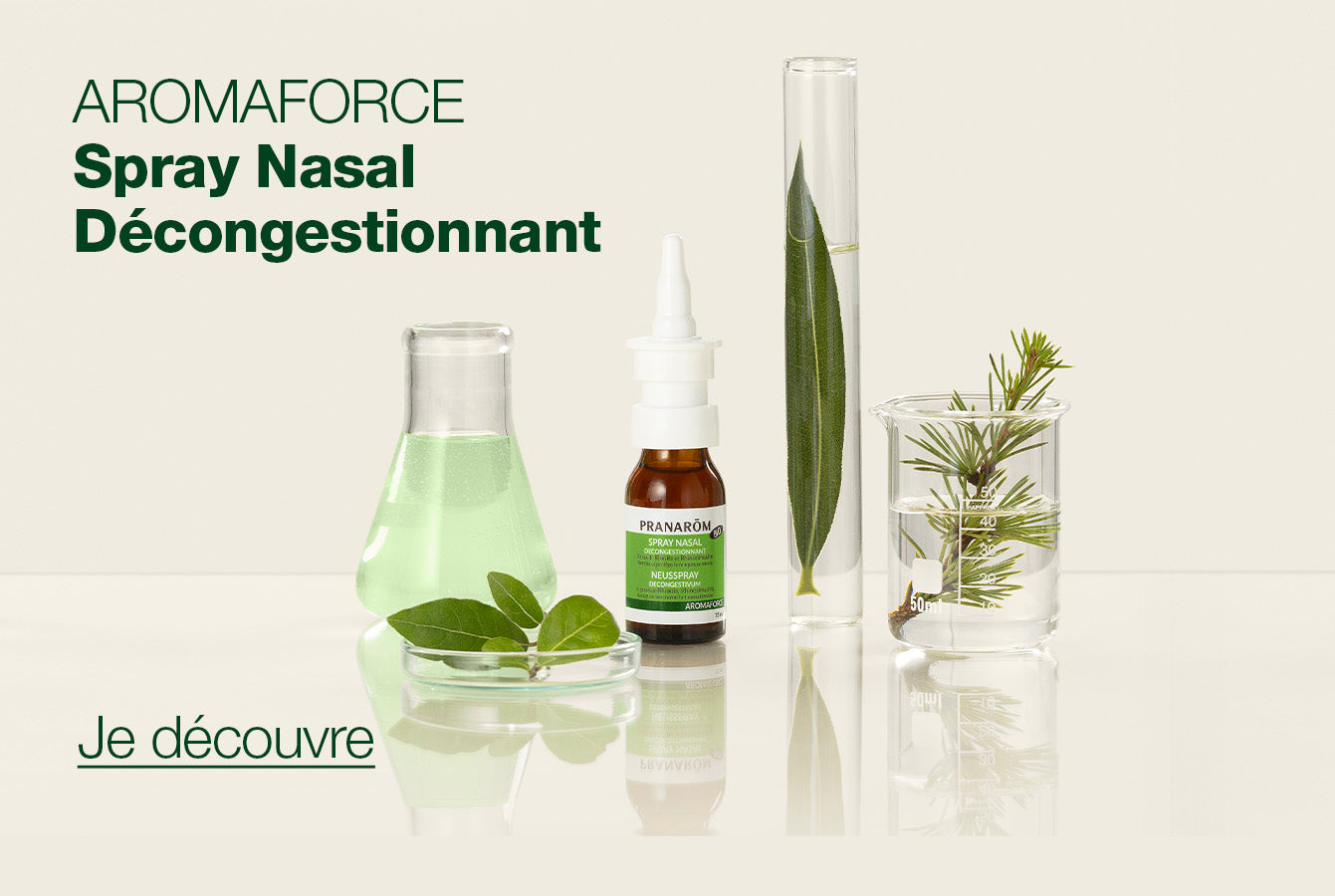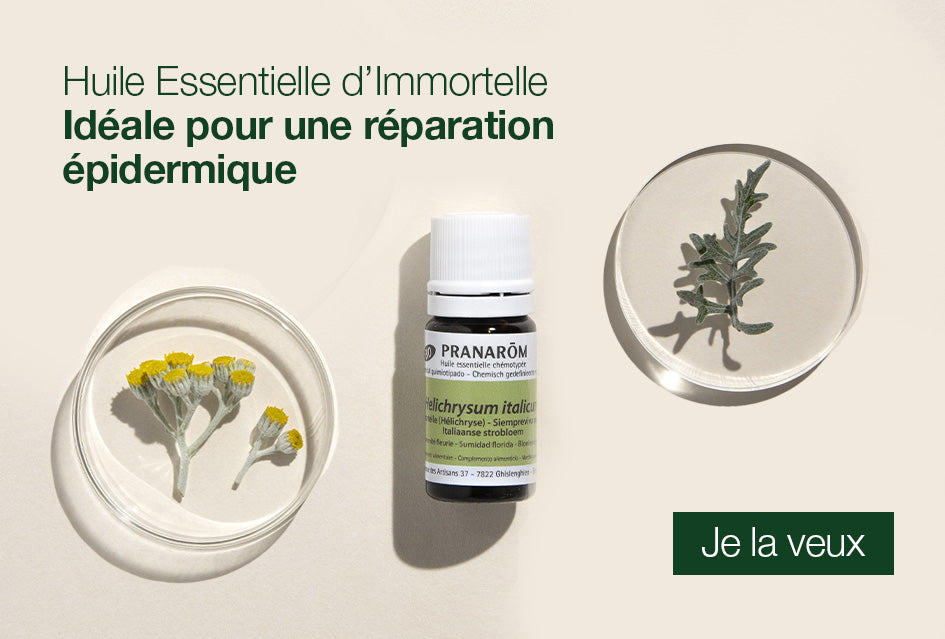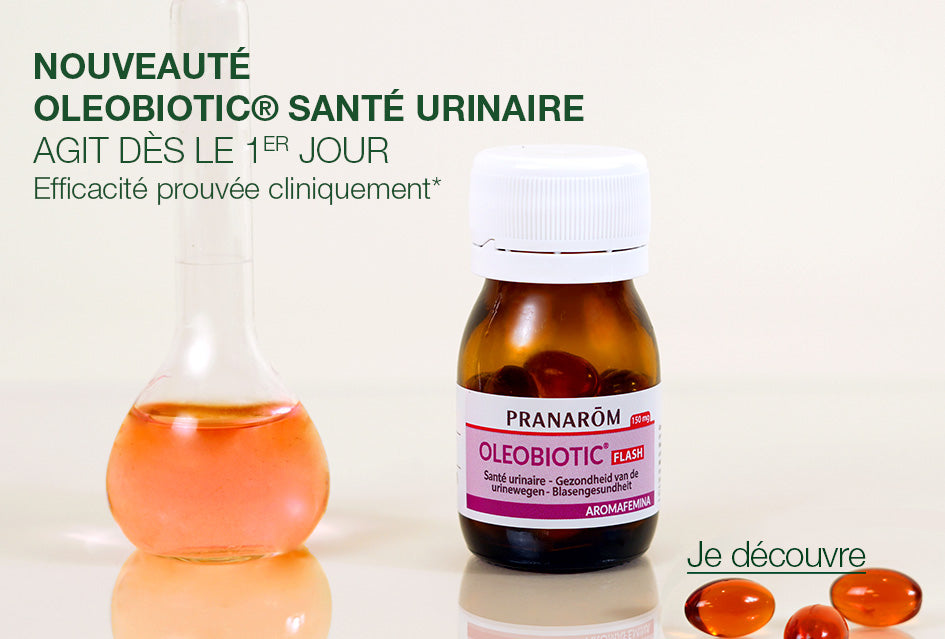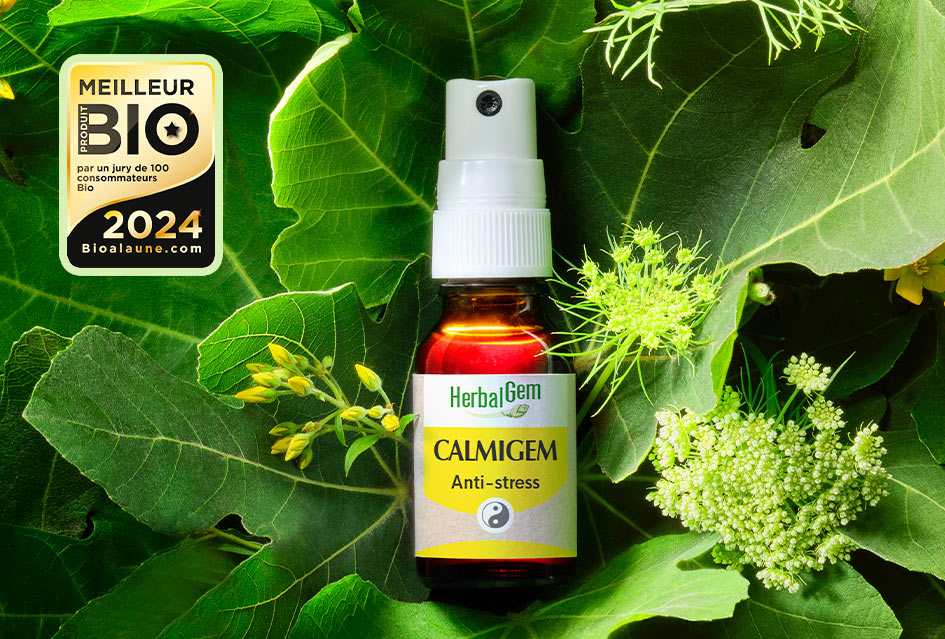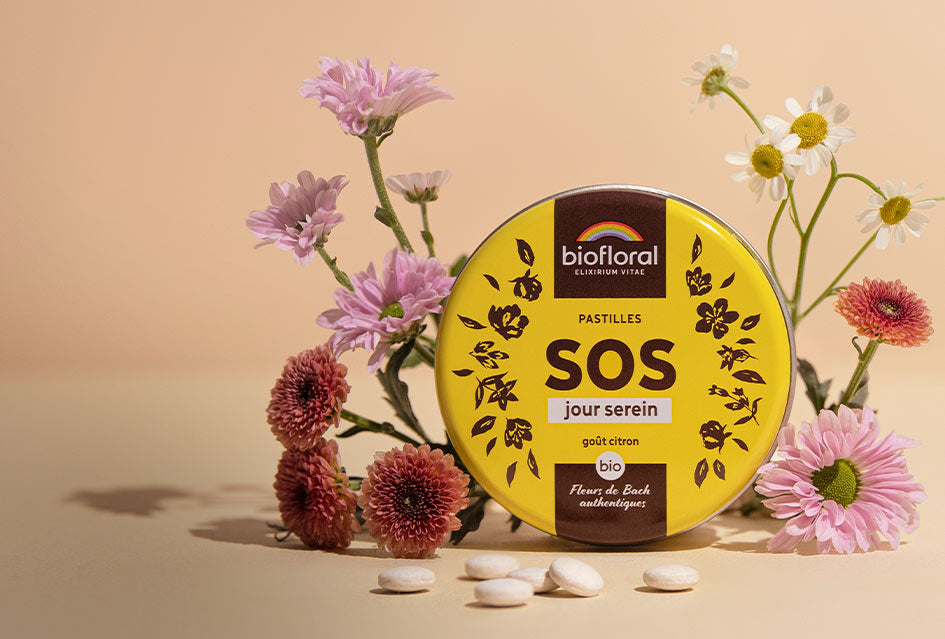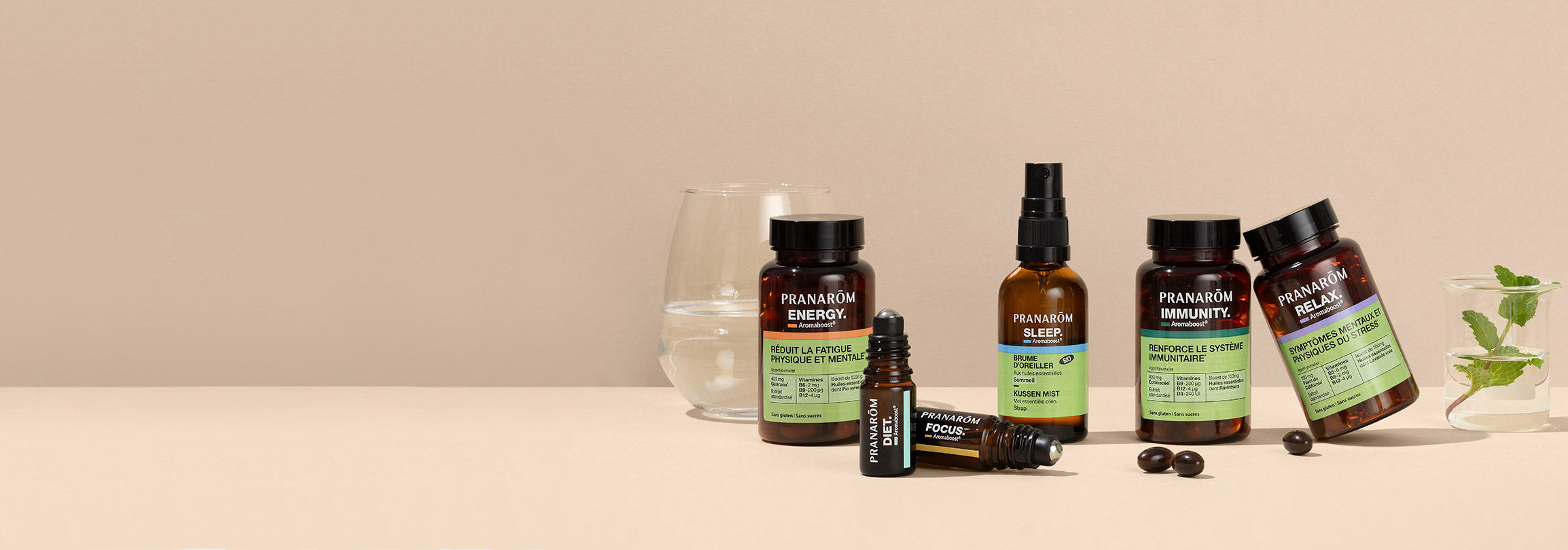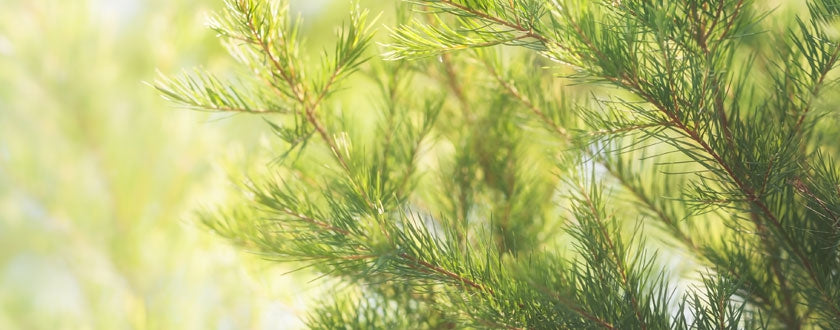Today Dominique Baudoux, founder of Pranarôm scientific aromatherapy, talks to us about Tea-tree essential oil! Do you know the benefits of this precious oil on your health?
More of a shrub than a tree, the tea tree is rarely higher than 6 to 8 meters. It has a bushy appearance and loves the waterlogged marshy areas of certain regions of Australia. As soon as the leaves are crushed, they give off a strong aromatic odor, comparable to essential oil. This shrub favors humid soils in Australia, Kenya, Zimbabwe and China.
Therapeutic activities
This is an undisputed star of aromatherapy for over 40,000 years! Indeed, the Australian aborigines used its foliage to make a fire from which they inhaled the smoke carrying volatile aromatic molecules from the gasoline it contained. This fumigation is no longer authorized today because it caused pulmonary toxicity but the principle has indeed remained through this good old inhalation of our grandmothers. Exploiting the heat of boiling water which generates water vapor carrying with it the volatile active ingredients of the essential oil that has been deposited on its surface remains the most effective way to relieve any ENT condition.
These men had found another therapeutic use by mechanically grinding the leaves to express their essence then adding clay and water to make a paste which they applied to all infected dermatoses. Today, dermatology continues to make great use of this essential oil with countless properties. When the captain of an English ship discovered Australia for the first time, James Cook came into contact with the Aboriginal peoples, whose customs he examined. He notes that these men, very close to nature, pick the leaves of a certain tree to infuse them in water before drinking this beverage. When we are English it is called tea… hence the name of the tea tree given to this tree of the botanical genus Melaleuca . Today, climate change and urbanization have greatly reduced the space for development of the Tea tree, which often comes from Kenya (very good quality) or China (very unique quality).
The world of scientific aromatherapy is very fond of it because its majority terpene molecules give it superb antimicrobial properties with a broad spectrum of action on viruses and bacteria as well as on fungi and parasites. In addition, its immunomodulating, analgesic and anti-inflammatory action opens up the field of all possibilities even further. An essential part of any family aroma library , Tea-tree will be a real panacea in human and veterinary infectious diseases for prevention or curative purposes.
Therapeutic indications of Tea tree
Lyme disease
Preventive action
To protect yourself from ticks, apply the following repellent spray:
- HECT Tea Tree (Melaleuca alternifolia) : 3 ml;
- TEO Chinese cinnamon (Cinnamomum cassia) : 1 ml;
- HECT Niaouli (Melaleuca quinquenervia) : 3 ml;
- CTE Peppermint (Mentha piperita) : 2 ml;
- 70% alcohol: QSP 50 ml.
In a glass bottle fitted with a pump spray.
Spray on shoes and pants before walking in the forest or in tall grass.
Curative action
Remove the tick using the tick tweezers provided for this purpose. Then apply the following mixture locally to the bite as a preventative measure:
- HECT Tea Tree (Melaleuca alternifolia) : 2 ml;
- HECT Clove (Eugenia caryophyllus) : 0.5 ml;
- HECT Noble laurel (Laurus nobilis) : 1 ml;
- HV Calendula (Calendula officinalis): 1.5 ml.
2-3 drops on the tick bite, 3 times a day for 3 days.
AND Oregano + - ORGANIC : 2 caps 3 times a day for 3 days.
In case of infection diagnosed with Lyme disease
The complete protocol must be administered in its entirety.
- Drainage of all emunctories with the DEPURAGEM complex from the Herbalgem brand
10 drops in the mouth 3 times a day, 3 weeks out of 4, for 3 to 6 months, depending on the severity of the pathology.
Management of radiodermatitis following anticancer radiotherapy treatments
Preventively
- HECT Tea Tree (Melaleuca alternifolia) : 1.5 ml;
- HECT Niaouli (Melaleuca quinquenervia) : 3 ml;
- TECT Annual tansy (Tanacetum annuum) : 0.5 ml.
On the morning of the day of the radiotherapy session and if possible 1 hour before the session, apply the number of drops sufficient to cover the skin area to be irradiated (avoiding application to any traces of markers on the skin).
In curative
Apply a fresh gel pack kept in the refrigerator and take with you to the hospital to place it on the irradiated skin area and leave it for 15 minutes. Then apply 4 to 6 drops of Lavender Aspic Essential Oil, every 10 minutes for one hour.
Finally, apply the following repair balm 2 to 3 times a day
- HECT Myrrh (Commiphora molmol): 0.5 ml
- HECT Immortelle (Helichrysum italicum): 0.5 ml
- CEO Lemon Eucalyptus (Eucalyptus citriodora): 1 ml
- HV Nigella (Nigella sativa): 5 ml
- HV Calophyll (Calophyllum inophyllum): 3 ml
- HVArgan (Argania spinosa): 20 ml
Acne
- HECT Tea Tree (Melaleuca alternifolia): 2 ml
- HECT Immortelle (Helichrysum italicum): 0.5 ml
- HV Nigella (Nigella sativa): 3 ml
- HVArgan (Argania spinosa): 3.5 ml
1 application morning and evening for 10-15 days.
A double-blind clinical study shows excellent anti-acne results of tea tree from 5% concentration.
Article written by Dominique Baudoux, founder of Pranarôm scientific aromatherapy.


